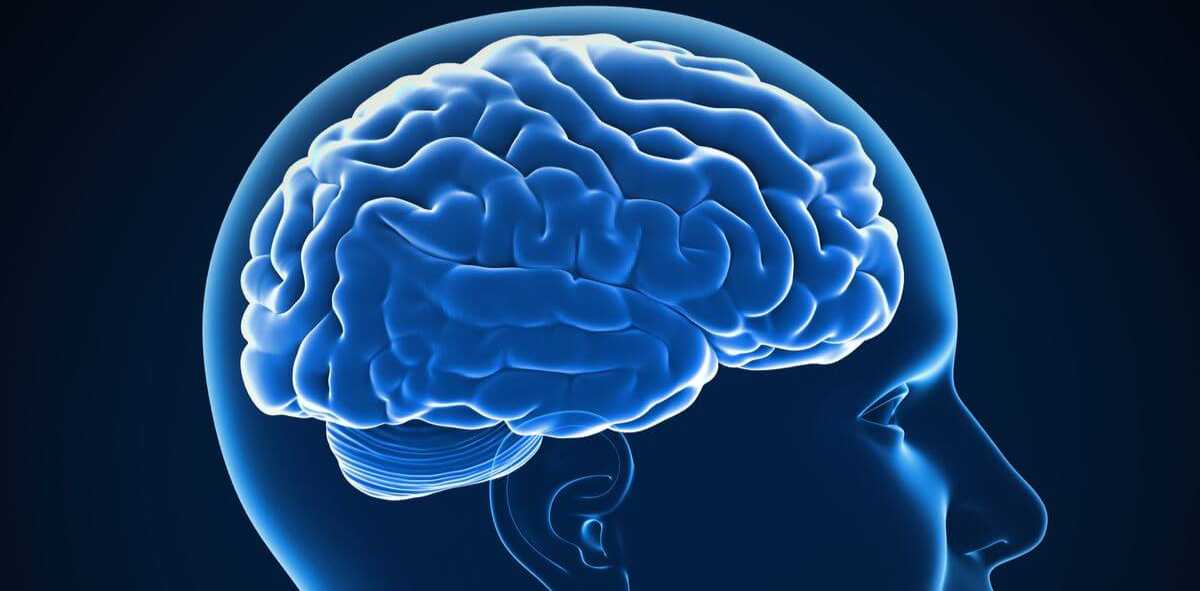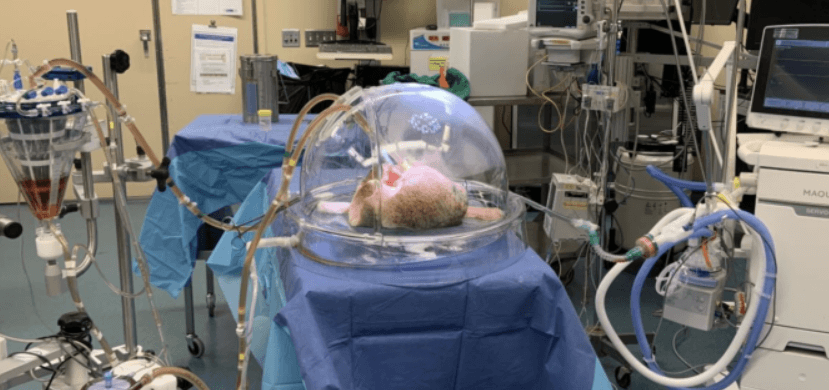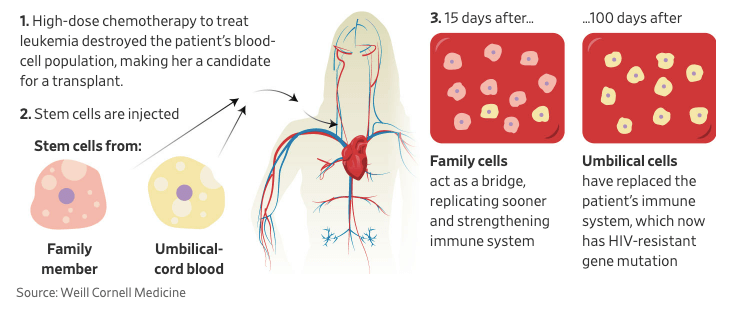Your Life May Actually Flash Before Your Eyes

Image: Getty
The activity of a dying human brain was recorded for the first time ever in a new study published Tuesday in the peer-reviewed journal Frontiers in Aging Neuroscience.
🧠 The setup: Scientists didn’t set out to study such activity – it happened by chance. They were continuously monitoring the brain of an 87-year-old epileptic patient for seizures and inadvertently captured the data when the patient died suddenly of a heart attack.
- As such, they managed to record 15 minutes of brain activity around the time of death. The study focused on the 30 seconds on either side of when the patient’s heart stopped beating.
📋 The results: During that time, researchers detected increased activity in the types of brain waves known as gamma oscillations, which are involved in processes like dreaming, meditation, and memory retrieval.
- Similar changes have previously been detected in rats, but never before in humans.
- The study’s authors concluded that the human brain “may be playing a last recall of important life events just before we die, similar to the ones reported in near-death experiences.”
✋ Yes, but… They also stressed that their results should be taken with a grain of salt, since the data comes from a single case study of a patient whose brain was already experiencing unusual activity related to epilepsy.
Share this!
Recent Science & Emerging Tech stories

Science & Emerging Tech
| February 23, 2022The Fish in the Mirror
🪞🐟 Fish may be self-aware, according to the results of a study published last week in the peer-reviewed journal PLOS Biology, which follows up on a controversial 2019 study claiming the same thing.

Science & Emerging Tech
| February 22, 2022Scientists Create Universal Blood-Type Organs
🫁 Researchers in Toronto succeeded in converting multiple pairs of lungs from one blood type to another using a combination of different technologies, according to a new paper published last week in Science Translational Medicine.
- There are four major blood type groups: A, B, O, and AB. For any organ transplant to work, the donor needs to have a blood type that’s compatible with the recipient.
- Type O is often referred to as the ‘universal donor’, since it’s compatible with all other types.
- On the flip side, those with type O blood can only receive transplants from people with the same blood type, which can be found in ~45% of Americans.
- In this experiment, medical researchers at the Toronto General Hospital Research Institute managed to turn eight type-A lungs into type-O lungs.
- "There are situations where we may get a B donor, but we don't have a B recipient," said Marcelo Cypel, a professor of surgery at the University of Toronto and lead author of the paper. "If we could use that organ in any of the patients in our waitlist, then we would always have a patient to receive that organ."
🧫 The big picture: Scientists hope this technique can eventually be adapted to change the blood types of all organs, not just lungs. More than 106,000 Americans are currently waiting for an organ transplant, with average times ranging from a few months to a few years depending on the organ.

Science & Emerging Tech
| February 16, 2022HIV is MIA Thanks to New Treatment
🦠 A NYC woman of mixed race appears to be the third person ever cured of HIV after receiving a transplant of blood stem cells from an adult relative and the umbilical cord of an unrelated newborn. The details of her case were presented yesterday at the Conference on Retroviruses and Opportunistic Infections.
You've made it this far...
Let's make our relationship official, no 💍 or elaborate proposal required. Learn and stay entertained, for free.👇
All of our news is 100% free and you can unsubscribe anytime; the quiz takes ~10 seconds to complete